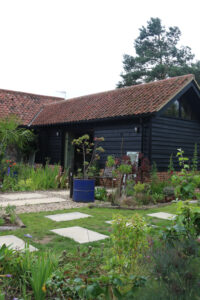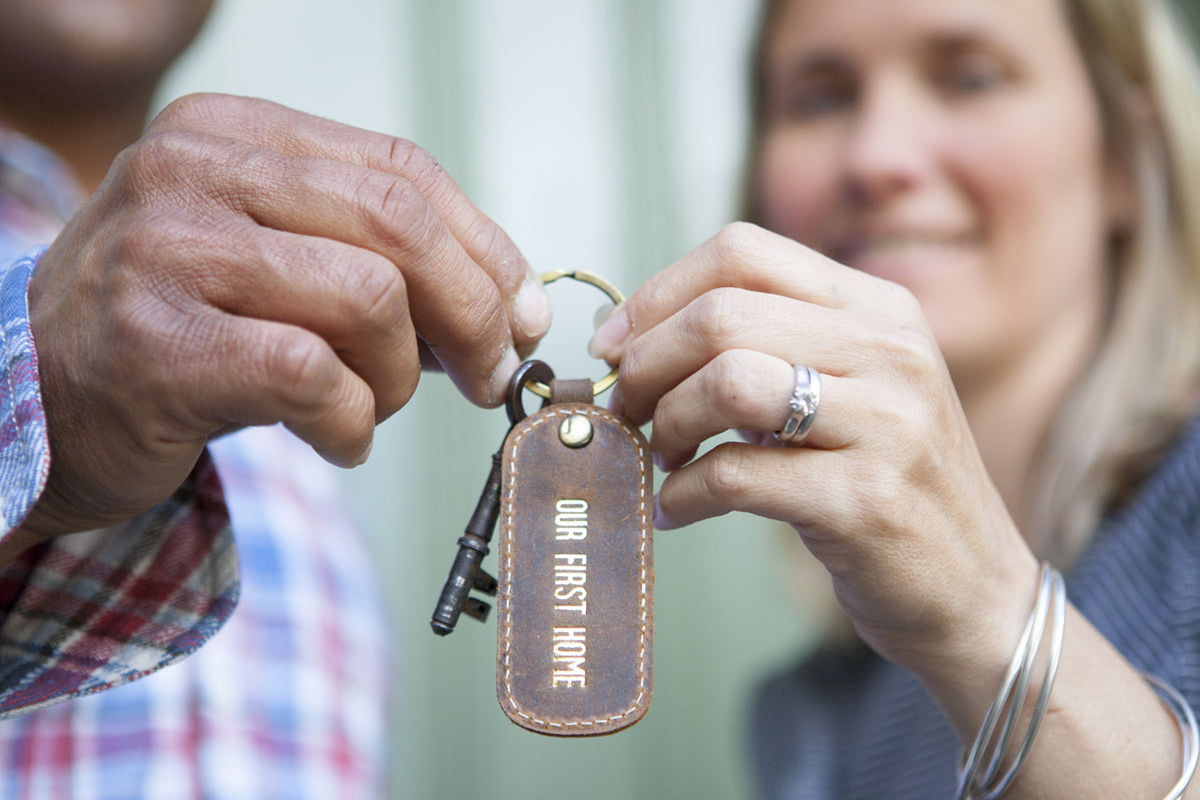Many of the tips provided do revolve around reducing your energy consumption, but that’s not the only way to add a bit of green to your home. Follow these 7 quick and easy tips and your house will be a friend to the environment in no time…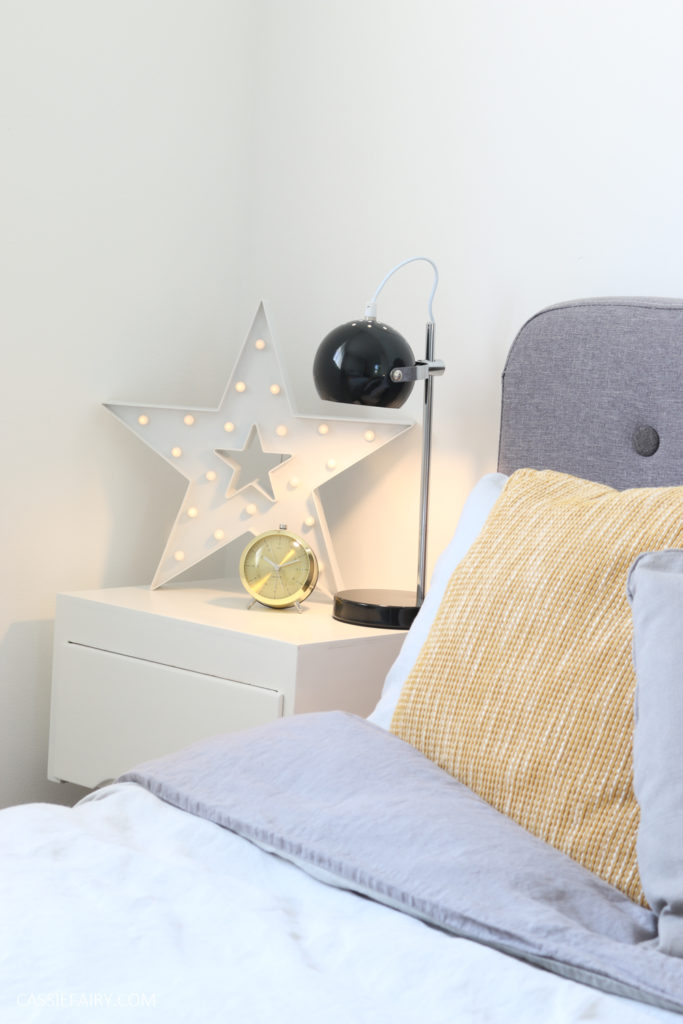
-
Bolster your insulation
Increasing the amount of insulation in your house does not mean that you need to spend thousands of pounds ripping the walls open and stuffing them with what we would conventionally call ‘insulation’. Some of the best remedies to household heat loss are those that don’t cost much at all.
Hanging some thick, heavy curtains can really help trap a lot of the heat that would otherwise leave through your windows. The same can be applied to your flooring by adding a thick rug in rooms that you most spend time, especially if you have laminate flooring. It is estimated that 15% of heat lost leaves through flooring, so it’s definitely worth bearing that in mind.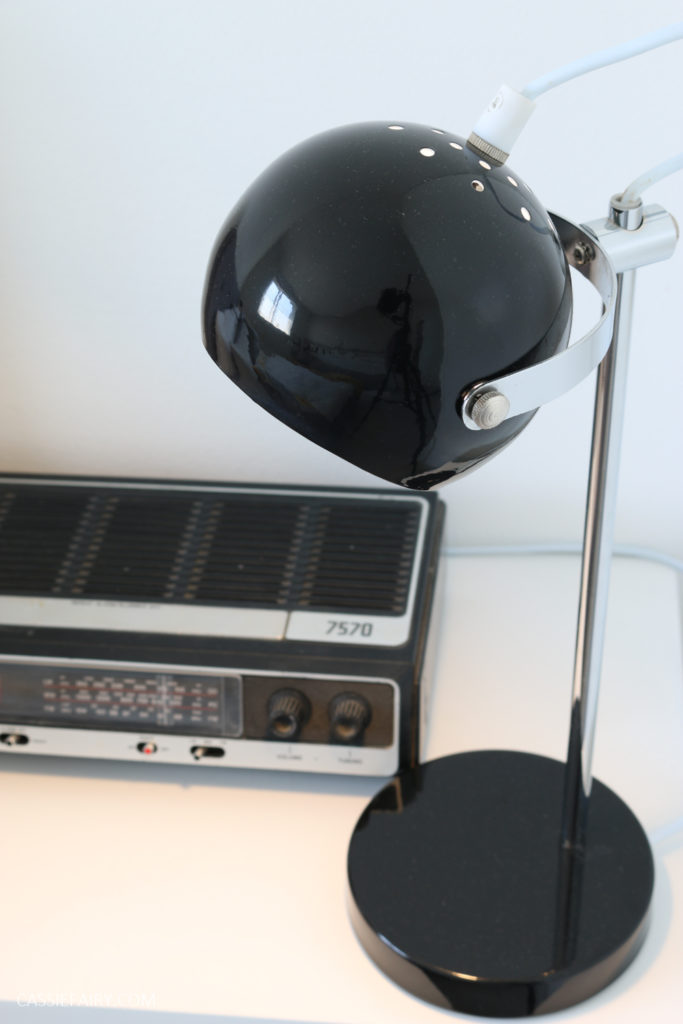
-
Switch to LED lights
This might not seem like such an eco-saver, but around 15% of the average electricity bill is made up of lighting costs. Over the last 20 years, lighting technology has gone from an almost pre-historic level, to the super-efficient modern light bulbs that we have today. It is estimated that by switching a light bulb from an older, incandescent style bulb, to a new LED or CFL bulb, you’ll use 75% less electricity. These light bulbs are not expensive and can be bought from all DIY stores and most large supermarkets.
-
Switch to a 100% renewable tariff
The world is currently undergoing a complete overhaul of its energy generation infrastructure. Although the majority of gas and electricity that is generated is still coming from fossil fuels and other finite sources, the renewable revolution is well underway. As a result of this, many suppliers across the country have started offering a 100% renewable energy tariff, which will completely remove your household’s impact on unsustainable sources.
image source
These tariffs can sometimes be a little bit more expensive than the cheapest on the market, but not always, and there’s one thing for certain: if you have never switched your energy tariff, you’ll certainly save money no matter what green tariff you choose.
-
Generate your own electricity
This one is not for everyone. Having solar panels on your home can be quite the investment. To cover the average family’s electricity usage, you’d need to install between 12-18 panels, which would cost you anything between £4,000 – 8,000, an extremely large investment for the average person. There are, however, schemes in place that allow you to sell any excess live electricity back to the energy companies, which enables you to see your return on investment that bit quicker.
-
Use a water efficient shower head
We all love having a shower: it’s quick, easy and supposedly doesn’t use as much water as a bath; however, that’s not always the case. The influx of power showers in recent years has meant a lack of inefficiency in many models, seeing many attempt to simply increase the power, and therefore the usage of water, of the shower without any concern for its environmental impact.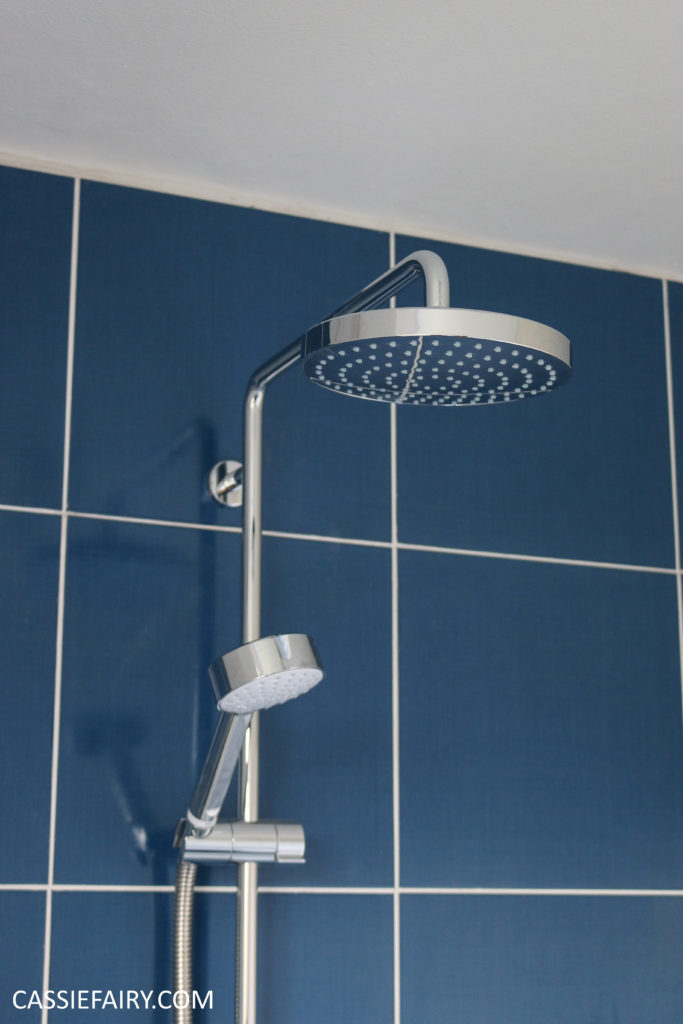 Without getting into great detail, (as who really knows how much 50L is?) some power showers will now use more water in five minutes than a whole bath would use. Not only does this put baths back in the running on efficiency, but there isn’t even that many people that would take a shower for just 5 minutes. That means that baths are quite a lot more efficient than some shower heads. As such, you should switch to a water-efficient power shower head that still has a powerful flow, but uses around 50% less water.
Without getting into great detail, (as who really knows how much 50L is?) some power showers will now use more water in five minutes than a whole bath would use. Not only does this put baths back in the running on efficiency, but there isn’t even that many people that would take a shower for just 5 minutes. That means that baths are quite a lot more efficient than some shower heads. As such, you should switch to a water-efficient power shower head that still has a powerful flow, but uses around 50% less water.
-
Plant a tree
This is one that is a little selfless: although you won’t be saving any money per se, you’ll definitely be doing your bit for the environment and improving air quality for generations to come. Planting a tree in your garden is simple, cheap and requires next-to-no further work once planted.
how to make a DIY pallet compost bin
-
Use a home compost bin
Using a compost bin at home is great way to increase your home’s eco-friendliness. It is extremely simple and has an array of benefits, including:
- Reducing the amount of methane emissions that come from landfills
- Lowering your carbon footprint
- Lowers the need for chemical fertilizers in your garden
- Increases the quality of your soil, enriching it with retained moisture and the ability to repel pests and diseases
- Naturally breaks down food
Let me know if you have any other tips for making your home more energy efficient or eco friendly by leaving me a comment below – I’d love to hear your ideas 🙂
This blog post is an advertisement feature that has been written in collaboration with a sponsor. The pink links in this post indicate a sponsored link 🙂
















